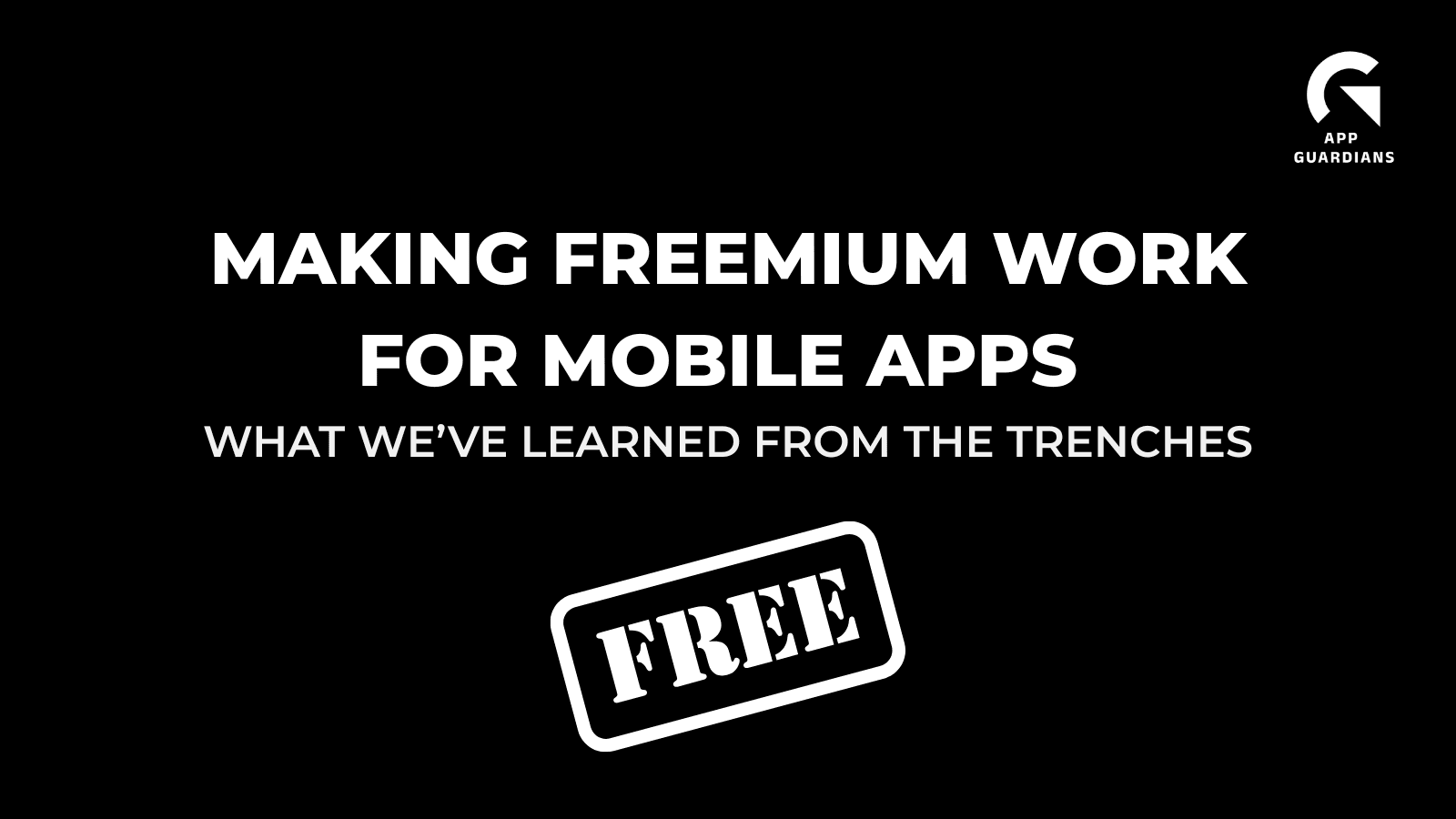How to Crush Your Business Goals Using Mobile App Attribution
In marketing – focusing here specifically on mobile app marketing – attribution is a practice that all savvy marketers should use to truly understand the value of their marketing efforts. Without it, a media channel that seems to be a winner from one filter may not actually deliver the results you ultimately want.
Getting more app users: Quality vs. Quantity
Most doesn’t always mean best. Meaning that if a media platform is delivering the most impressions, that doesn’t necessarily mean that it’s the best channel for converting into the most downloads or installs. How much is an acquired customer actually costing you? If, in fact, installs is what you’re after.
Which brings us to an important point: know what your business goals and objectives are and which KPI to track with mobile attribution that will help you achieve them.
For example, if you have a gaming app that is monetized by in-app ads, then your most important KPI is the number of installs – or quantity. The more people that download your app, the more eyeballs that are seeing those ads. But, for a B2B app that makes money via in-app purchases, it’s less about the quantity and more about the quality of the users.

The best way to illustrate how to use mobile attribution to meet your specific app’s business goals is to show you an example. Let’s take a look.
An example of Mobile Attribution in action
Here we have data for a client app in the business category. Their business goal is to increase the number of in-app purchases. So, in this case, impressions and installs aren’t their top priority. What they need are quality users – users that are engaged and more likely to complete an in-app purchase.
Below we have data provided by the mobile attribution tool, Adjust, for 4 media traffic sources: Google AdWords, Apple Search Ads, Instagram, an undisclosed DSP and Facebook.

At first glance, Google AdWords seems like the clear winner. It has the most impressions and installs by far plus a low CPI of $2.50 compared to ASA’s $4.50 and Instagram and Google $5.
But remember that this app is looking for quality over quantity. That means we need to look farther along at the columns that show engagement metrics. From the installs, we can see in-app engagement and purchases that happened as a result.
When we look at Google, we see that out of 5,152 installs, only 803 actually made a purchase. From this data, we can get the cost per engagement which is $5 and ultimately we get an acquired customer cost of $16. Google isn’t looking so good anymore, is it?
And then we look at Facebook and Instagram, the lowest-performing channels in terms of impression and installs. Facebook’s acquired customer cost is much lower at $10 and even lower for Instagram at $8 per customer.
So the winner turns out to be Instagram. Through Instagram, we received lots of quality engagement and the highest purchases at the lowest cost.
Now let’s take a look at the DSP. This particular DSP was being paid per install which resulted in an acquired customer cost of $50 – totally unreasonable in comparison. What we did, in this case, was to negotiate with them to change the payment structure from a per install to a per purchase model – which with an attribution tool like Adjust can be easily determined. As it turns out, we are now paying only $10 per purchase event. Much better, right?
Using Mobile Attribution – in a nutshell
To sum it all up, when running media for app growth marketing, you must run campaigns for a while and track all the activity with an attribution tracking tool. In order to determine that channels are performing to your best advantage and that you’re putting your ad dollars to good use, you need to crosscheck and benchmark different KPIs against each other.
Remember that there isn’t always one clear winner. Sometimes it could be Apple Search Ads, other times it could be Facebook. Know what your business goals and objectives are and look at your data through that filter. Trust us, it will make all the difference.
Related Articles
In today’s app economy, the “hard paywall or bounce” model is losing its edge. Users are savvier, competition [...]
Two major updates from Apple have landed — and if you work in app marketing, growth, user acquisition, [...]
The Digital Markets Act and the Digital Services Act are two major pieces of legislature brought forth from [...]










